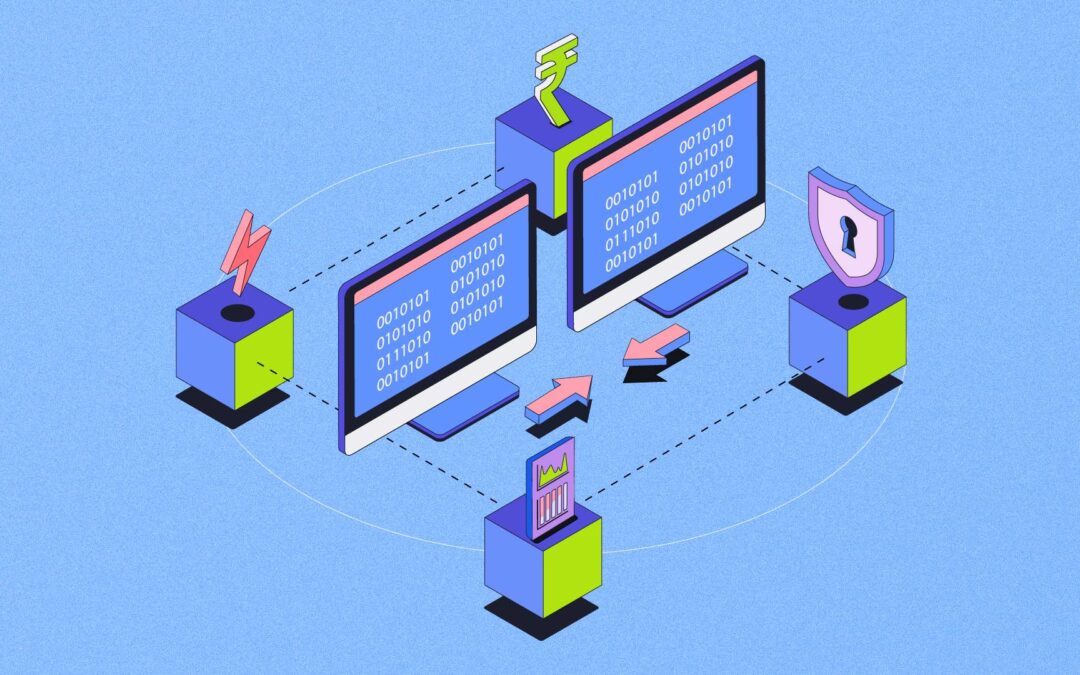Can a Blockchain Be Shut Down?
In the world of technology, blockchain has emerged as a revolutionary concept, often described as immutable and indestructible. This decentralized ledger system underpins cryptocurrencies like Bitcoin and Ethereum, providing a secure and transparent way to record transactions. However, a common question arises: Can a blockchain be shut down?
Understanding Blockchain Technology
Before diving into whether a blockchain can be shut down, it’s essential to understand what a blockchain is. At its core, a blockchain is a distributed database that is shared among the nodes of a computer network. It stores information electronically in digital format and is best known for its role in cryptocurrency systems, ensuring the security and fidelity of data without the need for a trusted third party.
Each block in the blockchain contains a list of transactions. Once a block is completed, it is added to the chain in a linear, chronological order. The decentralized nature of blockchain means that no single entity has control over the entire chain, and every participant in the network has a copy of the blockchain, ensuring transparency and security.
Decentralization: The Key to Blockchain’s Resilience
One of the primary reasons blockchain is considered difficult to shut down is its decentralized nature. Unlike traditional databases managed by a single entity, blockchain operates on a peer-to-peer network. This means that even if one node (or several nodes) in the network fails or is attacked, the rest of the network continues to function.
Scenarios Where a Blockchain Might Be Compromised
51% Attack
If a single entity gains control of more than 50% of the blockchain network’s computing power, it can potentially manipulate the blockchain. This scenario is theoretically possible but extremely difficult and expensive to achieve in practice, especially on large, well-established blockchains like Bitcoin and Ethereum.
Consensus Mechanism Vulnerabilities
Blockchains rely on consensus mechanisms (like Proof of Work or Proof of Stake) to validate transactions. If vulnerabilities are found in these mechanisms, they could be exploited to disrupt the network. However, continuous improvements and updates to these protocols help mitigate such risks.
Government Intervention
While it’s nearly impossible to shut down a decentralized blockchain directly, governments can regulate or ban activities related to it, such as exchanges or mining operations. Such actions can significantly impact the blockchain’s ecosystem and usability, but they cannot shut down the blockchain itself.
Network Partitioning
Splitting the network into isolated parts (e.g., through internet censorship) could disrupt communication among nodes. However, once the network reconnects, it can resynchronize, restoring the blockchain’s integrity.
Practical Challenges of Shutting Down a Blockchain
Given the decentralized and distributed nature of blockchains, completely shutting one down poses significant practical challenges:
Global Distribution
Blockchains operate across numerous nodes located worldwide. Shutting down every node simultaneously is virtually impossible.
Redundancy
Each node maintains a copy of the blockchain. Even if some nodes are compromised or taken offline, others will continue to keep the network running.
Incentives
Participants in blockchain networks are often incentivized to keep the network running, whether through mining rewards or transaction fees.
Conclusion
In conclusion, while blockchains are not entirely immune to attacks or disruptions, the idea of completely shutting one down is highly improbable due to their decentralized and resilient nature. The power of blockchain lies in its distributed structure, making it a robust and secure way to handle digital transactions and data. As technology continues to evolve, so too will the mechanisms to protect and enhance the integrity of blockchain networks.
If you’re interested in the intricacies of blockchain technology and its applications, staying informed about the latest developments and security measures is crucial. The blockchain landscape is dynamic, and understanding its strengths and potential vulnerabilities is key to leveraging its full potential.
By discussing the foundational aspects of blockchain technology and the practical challenges of shutting it down, this blog post aims to provide a comprehensive overview for readers. If you have specific points you want to explore further, please let me know!

